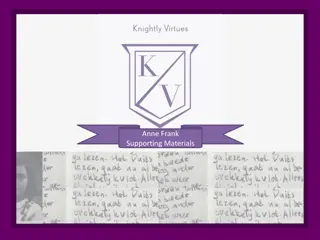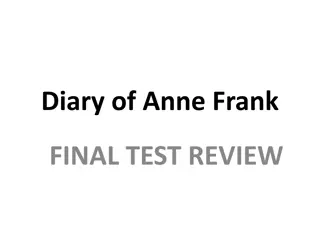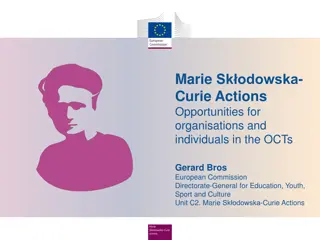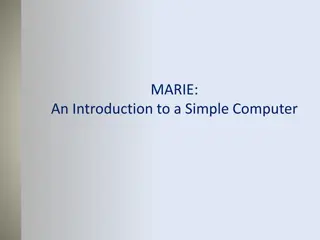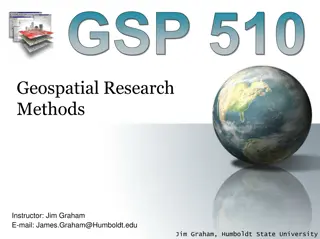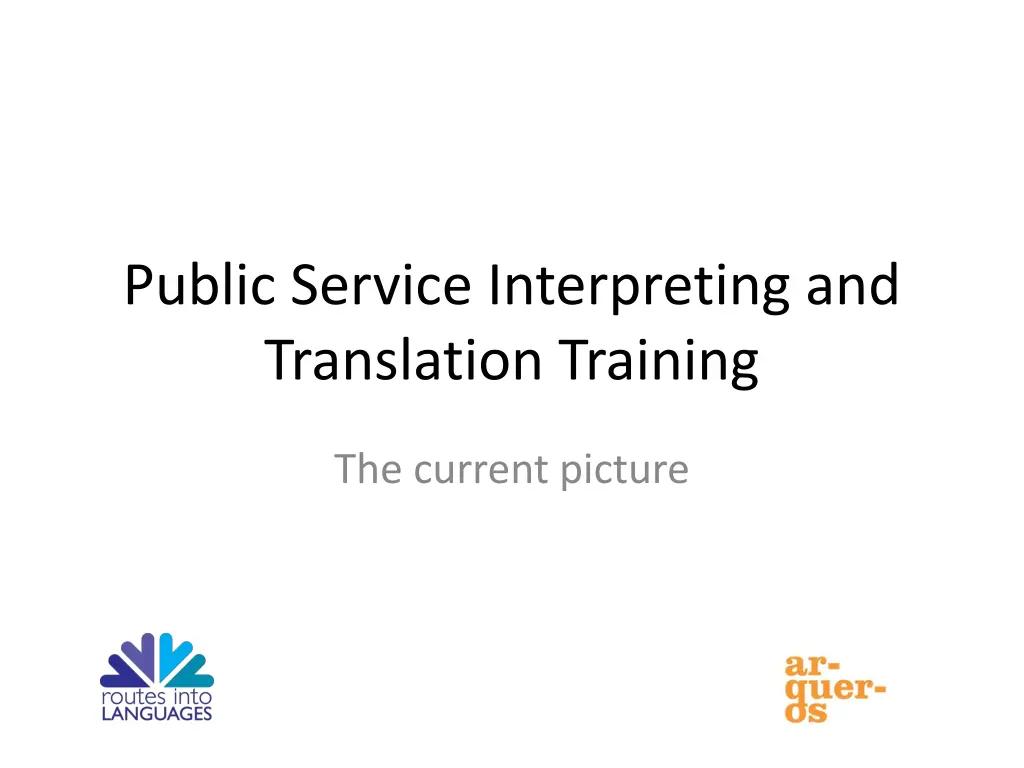
Issues in Public Service Interpreting and Translation Training
Highlighting key research findings from a project focusing on public service interpreting and translation training, including the need for dedicated provision for interpreters, challenges in language pair availability, and issues related to training costs, job prospects, and public perception. The research also emphasizes the importance of realistic public service texts in translation courses and the European level dominance in PSIT research.
Download Presentation

Please find below an Image/Link to download the presentation.
The content on the website is provided AS IS for your information and personal use only. It may not be sold, licensed, or shared on other websites without obtaining consent from the author. If you encounter any issues during the download, it is possible that the publisher has removed the file from their server.
You are allowed to download the files provided on this website for personal or commercial use, subject to the condition that they are used lawfully. All files are the property of their respective owners.
The content on the website is provided AS IS for your information and personal use only. It may not be sold, licensed, or shared on other websites without obtaining consent from the author.
E N D
Presentation Transcript
Public Service Interpreting and Translation Training The current picture
Background to the project Work from 2007-2011 highlighted specific issues with public service interpreting and translation (PSIT) European research by SIGTIPS into public service interpreting and translation Routes commissioned a project to develop a community of practice for PSIT
Project outputs Two main strands of activity Research to map current provision and establish the context for PSIT Pilot an online tool to support a community of practice for PSIT
Research Research carried out with main stakeholder groups Higher education tutors and course leaders Further education and Adult education course managers Employers Representative bodies Desk research: existing literature on PSIT training
Research: key findings Dedicated provision required for PSI interpreters must develop specific skills Conference interpreting courses alone do not provide sufficient preparation for work in public service contexts Translation better catered for in applied translation courses, but still needs more realistic public service texts
Research: key findings (2) The languages taught in higher education are not usually those required for language service provision in the public services. Shortage of teachers in several key languages Difficulty in getting a cohort together in a language pair in one location
Research: key findings (3) Viability of provision vulnerable due to: Costs of training Job prospects/rates of pay Shortage of trainers Senior management views on PSIT Public perception of training for PSIT
Research: Key findings (4) Research in PSIT is more common on a European level than a national level Staffing structures in HE, with increased numbers of staff on fractional contracts, influence the amount of time available for academic research Research into the legal domain is most common
Key skills issues Two-way interpreting Specific knowledge of public service domains Emphasis on word-for-word interpreting in PSI Non-verbal communication Sight translation Exposure to violence, trauma or grief Remote interpreting skills
Use of unqualified bilinguals Often there is no qualification available to individuals with certain languages so they cannot qualify Employers will use unqualified interpreters if there is a shortage of interpreters available in a language pair or if there is no qualified interpreter available at short notice Use of unqualified bilinguals or volunteers
Paradox Public service interpreters require work experience to gain entry to the interpreter registers (NRCPD, NRPSI) Must take on work, often without qualifications, to gain the necessary experience More research required into how this affects the quality of service provision
Collaboration Collaboration between HEIs and: Other HEIs (locally, nationally and overseas) Employers Collaboration easier on an international level Time, competition and costs greatest barriers to collaboration
Innovations Online learning and teaching models Development of professional skills Non-language specific courses
Assessment Benchmarks for assessment vary: Institutional requirements defined by QAA National Occupational Standards European Masters in Translation competences Awarding body criteria (DPSI)
Recommendations Greater integration of PSI and PST into MA courses Diversify range of languages taught at MA level Explore collaborative teaching models More teaching resources specific to PSIT Increase opportunities for PSIT research
Recommendations (2) Train the trainers Develop standards for operating new technologies Introduce flexible funding models Agree an overview of the training requirements to be adopted by the profession
Resources Routes has funded the development of a pilot online tool for PSIT This will contain a range of resources specific to PSIT that can be used for training purposes or for self-study You can suggest resources or submit your own resources
Submit resources to win a prize The first 5 resources* to be selected for submission to the website will win a 50 Amazon voucher *Resources must be owned by the submitter and not be a link to a third party website Send your submission to annemariegraham@arqueros.co.uk by August 5










